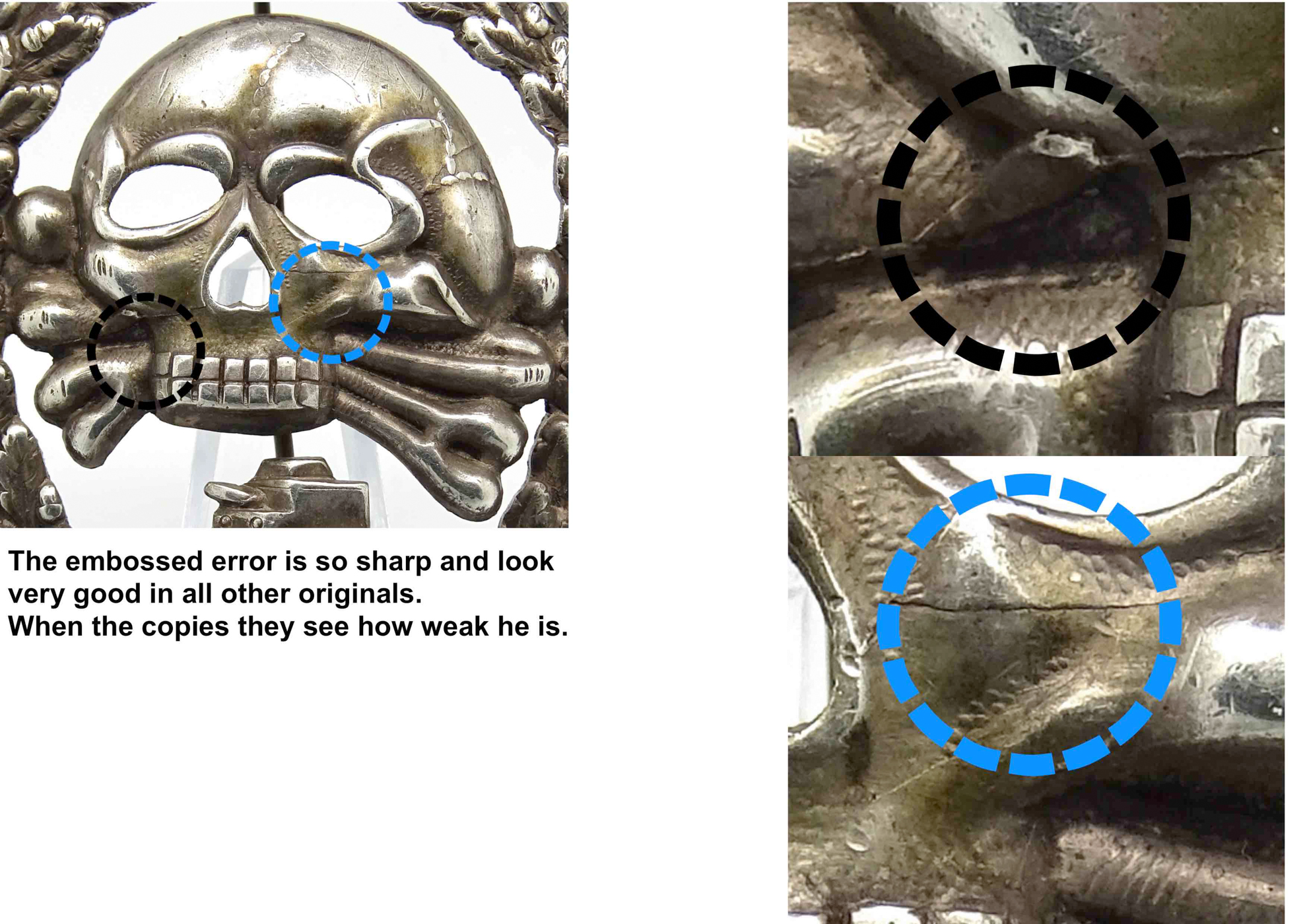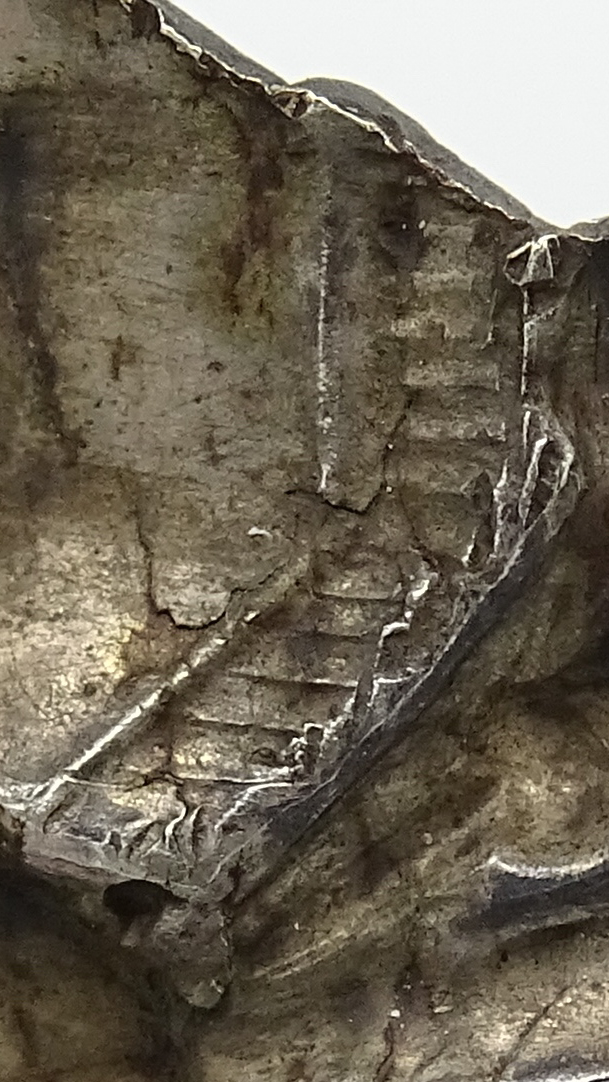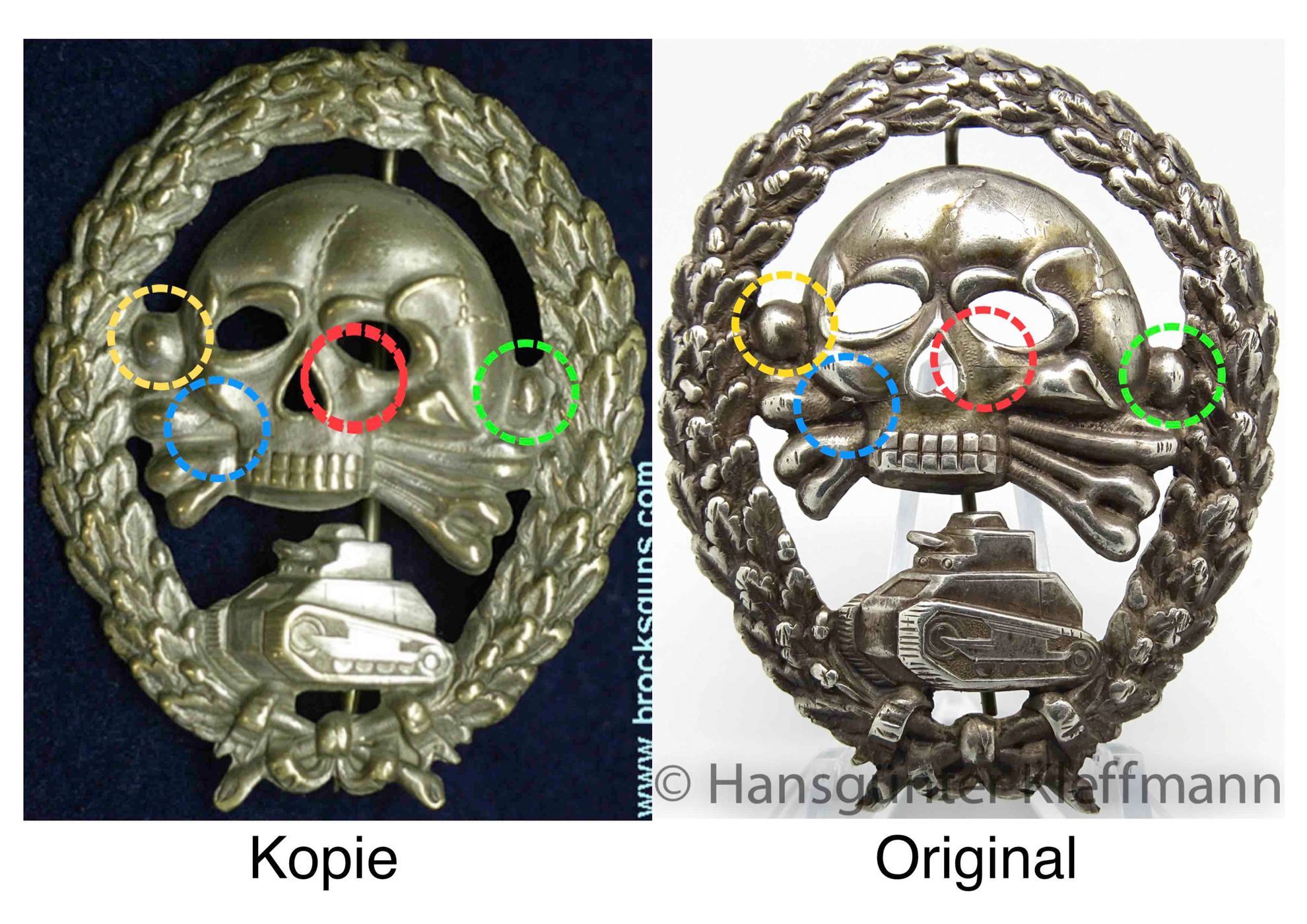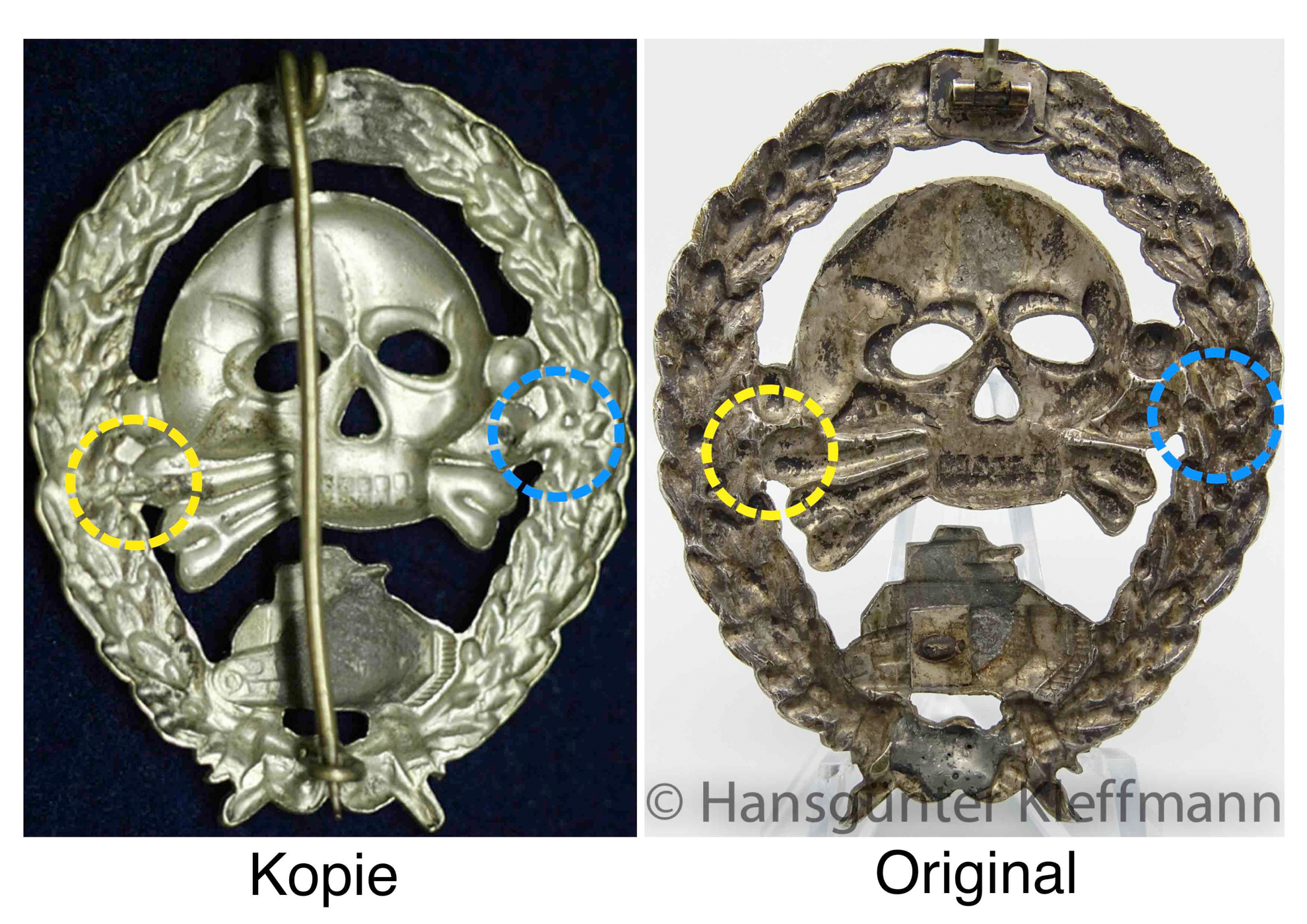Hello,
if they feel like it, then we can together show the typical features of a stamped model.
You can also list the pieces that I think for copies compare.
have you the pieces in hand you can see more details as to just photos.
But my new photo studio shows everything quite well.
Now she could see the difference to a molded piece.
Greeting LC
Hansgünter
PS:Sorry for my bad english, I hope you can understand everything what I mean.
if they feel like it, then we can together show the typical features of a stamped model.
You can also list the pieces that I think for copies compare.
have you the pieces in hand you can see more details as to just photos.
But my new photo studio shows everything quite well.
Now she could see the difference to a molded piece.
Greeting LC
Hansgünter
PS:Sorry for my bad english, I hope you can understand everything what I mean.






Comment